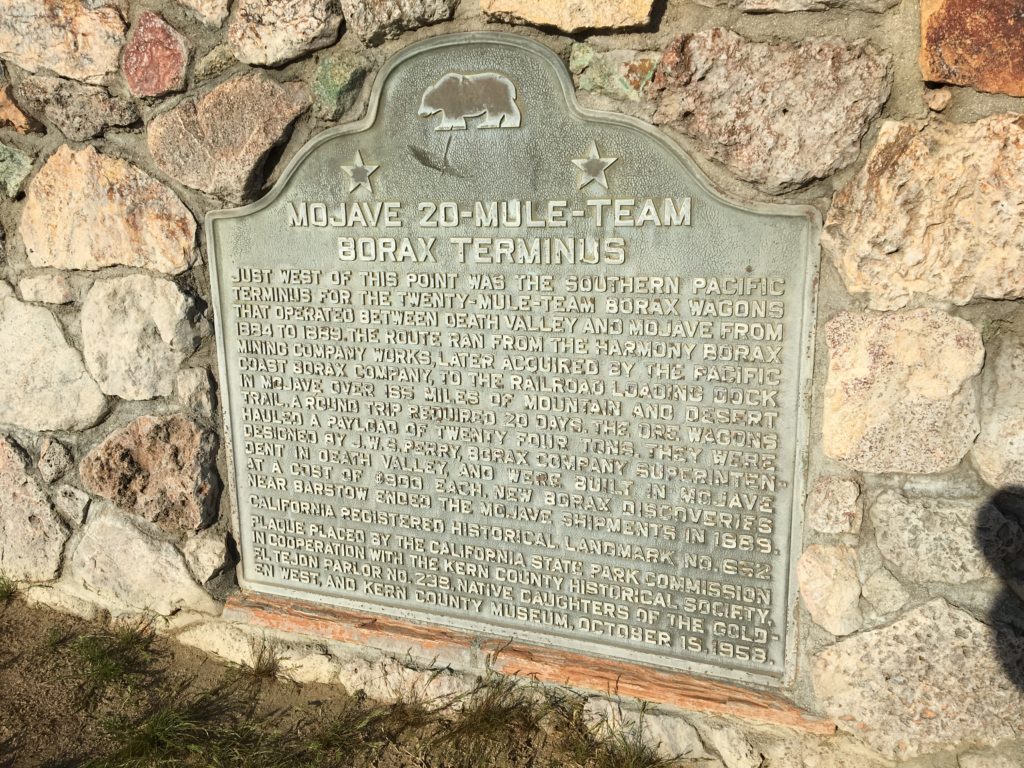OK — so there’s a site I recently happened upon — ReadThePlaque.com — that appeals to my weakness for historical trivia and roadside finds.
There’s a bit of a back story to Read the Plaque (you can listen to it here) that involves an object lesson in observation and curiosity about the stories that are out there in the world around us. I don’t think that plaques, which by necessity offer a shorthand (if not sanitized) version of events, are the only source of those stories. But they do open a door into the past of the spaces we move through every day and, perhaps, of how our own life and experience intersects with that history.
Since I’ve made something of a habit of photographing some of the plaques I encounter — part of my visual note-taking of my daily rounds — I started submitting some of the plaques to Read the Plaque. The site invites one to “tell us about the plaque,” which I take as an invitation for added details and context to accompany the plaque text. For me, that’s an invitation to turn the submission into a mini-project. So, I’m going to take the liberty of cross-posting my Read the Plaque entries here, for posterity and my small reading public.
Here’s one I just posted for a plaque Kate and I encountered Sunday in Mojave, California:

This is on California Highway 14, the main drag through Mojave, a desert crossroads and would-be spaceport (Burt Rutan, the designer and builder of the X-Prize-winning SpaceShipOne and Virgin Galactic’s SpaceShipTwo, has his shop at the former Marine air base on the edge of town; the facility, now run by a county agency, is styled the Mojave Air and Space Port. It’s a boneyard for old planes, too, and is a kind of fun detour if that’s the kind of thing you’re into).
And now back to an earlier age of transportation: the 20-mule-team era.
As a child of the 1960s, “20-Mule-Team Borax” meant two things: a detergent and a TV show, “Death Valley Days,” that was hosted for a time by soon-to-be California Gov. Ronald Reagan. All I know about borax: It’s useful in many applications, from whitening clothes to metallurgy. As for its place in California history, here’s an excellent 1998 writeup from the Chicago Tribune: “More valuable than gold.”
As to the plaque: It’s on the east side of Highway 14 — that’s the right if you’re driving north through town — between Mono and Nadeau streets. It’s placed on a scrubby lot in front of a defunct and fenced-off Kentucky Fried Chicken outlet, right between a Denny’s and the Best Western Desert Winds. As usual, though I was alerted to its presence by a sign that advised I’d see a historical marker 500 feet ahead, I drove right by it the first time without seeing it.
Here’s the plaque text:
Mojave 20-Mule-Team Borax Terminus
Just west of this point was the Southern Pacific Terminus for the twenty-mule-team borax wagons that operated between Death Valley and Mojave from 1884 to 1889. The route ran from the Harmony Borax Company works, later acquired by the Pacific Coast Borax Company, to the railroad loading dock in Mojave over 165 miles of mountain and desert trail. A round trip required 20 days. The ore wagons were designed by J.W.S. Perry, borax company superintendent in Death Valley, and were built in Mojave at a cost of $900 each. New borax discoveries near Barstow ended the Mojave shipments in 1889.
California Registered Historical Landmark No. 652.
Plaque placed by the California State Park Commission in cooperation with the Kern County Historical Society, El Tejon Parlor No. 239, Native Daughters of the Golden West, and Kern County Museum, October 15, 1959.
